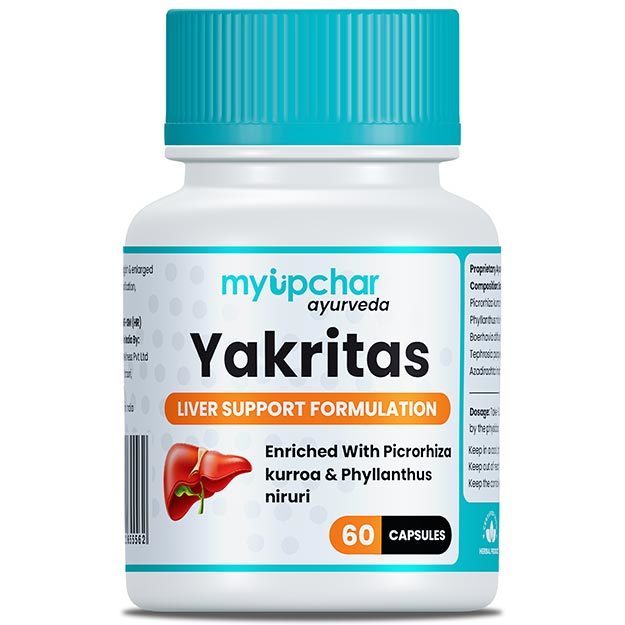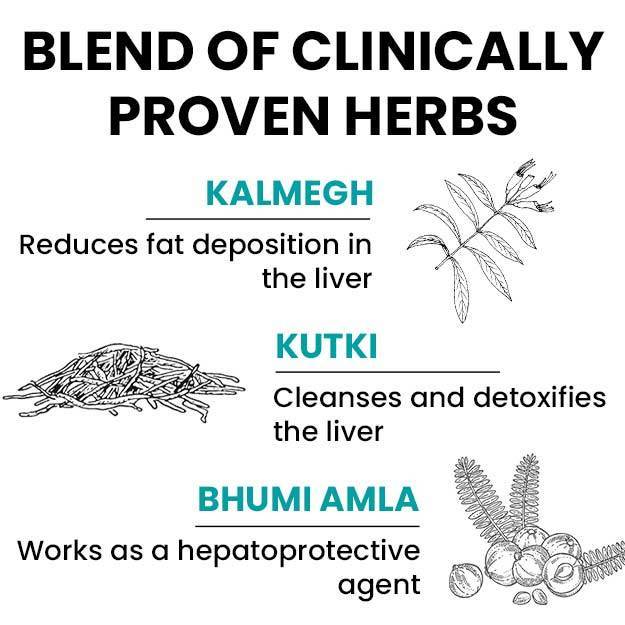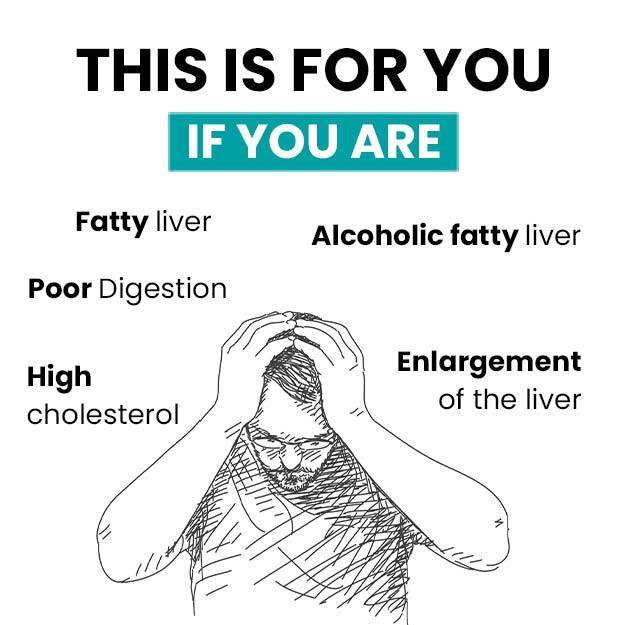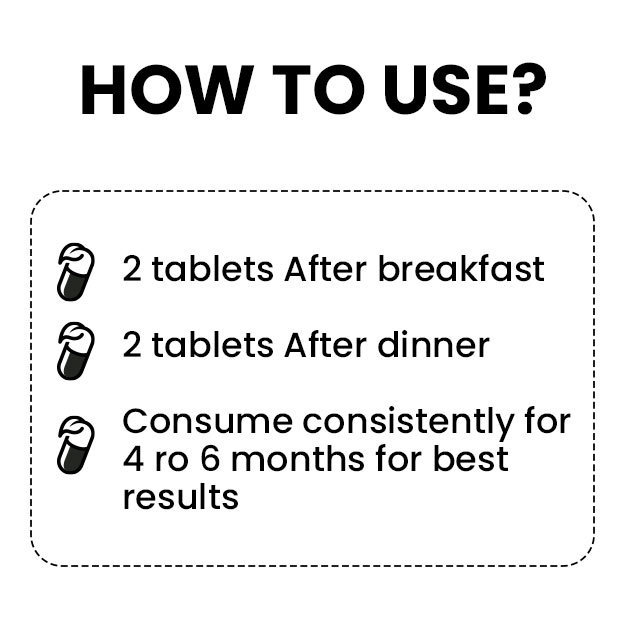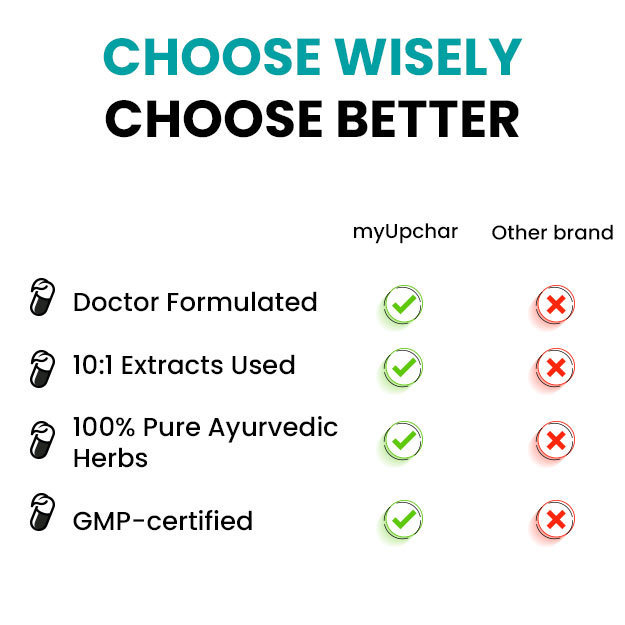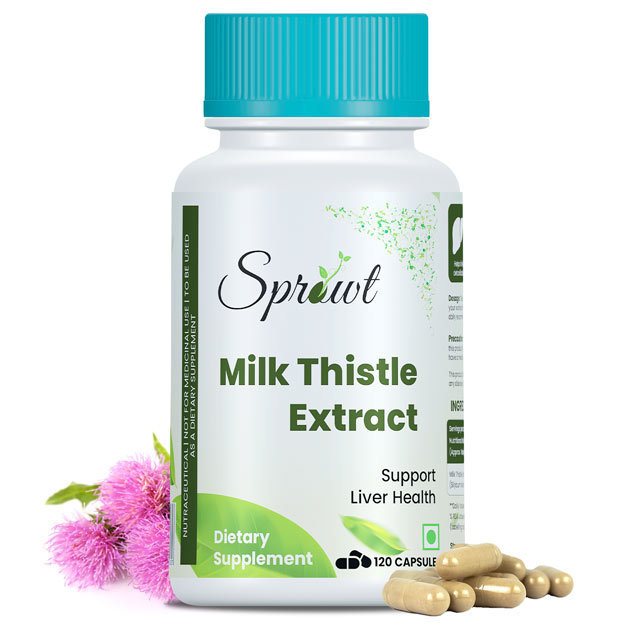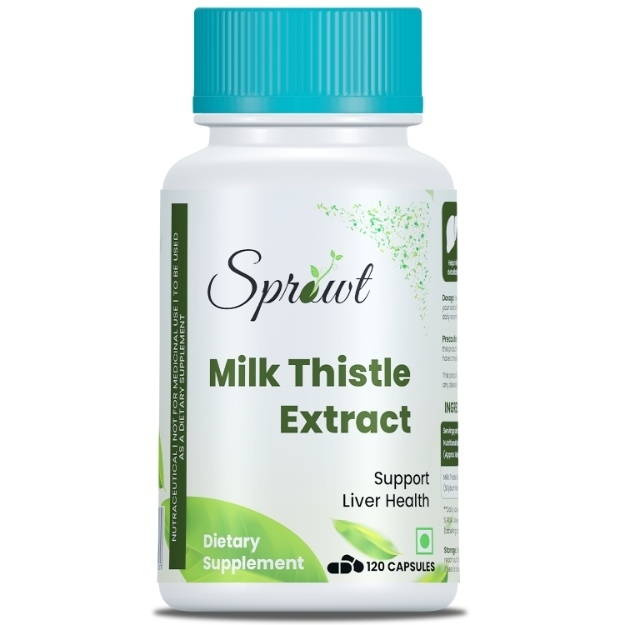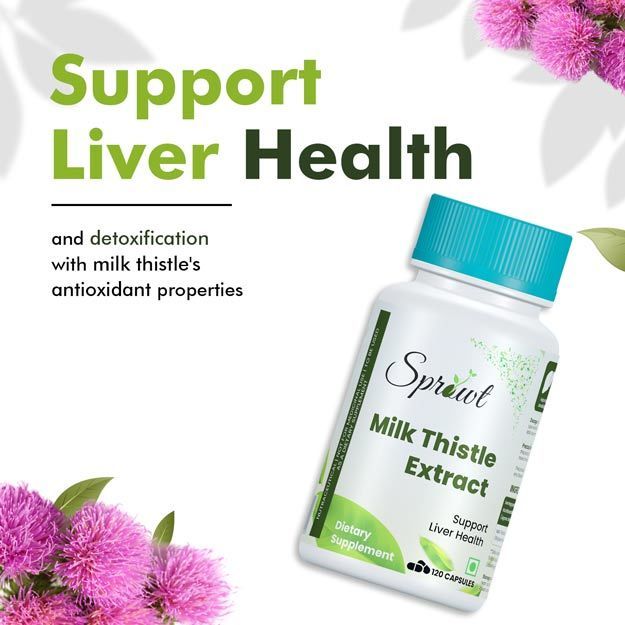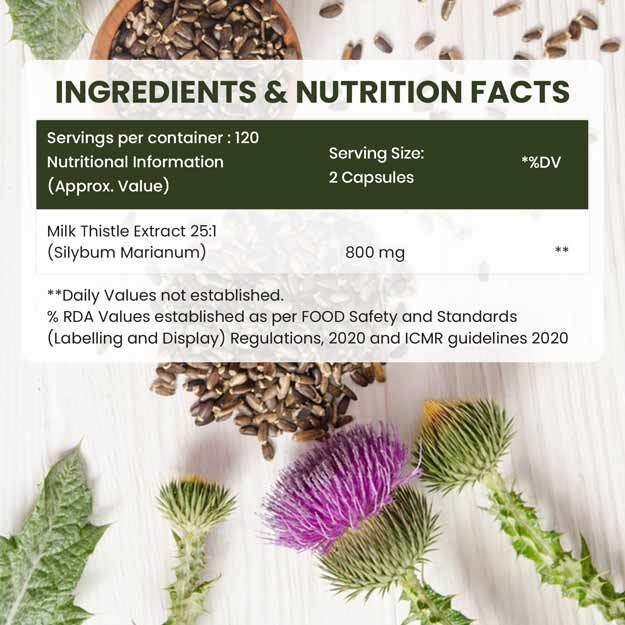What is Bile Salt test?
Bile salts are a major component of bile - a greenish-yellow fluid secreted by the liver. They are released into the small intestine along with the other bile constituents to facilitate digestion. Once they have performed their function, most of the bile salts are sent back to the liver. However, in a few liver disorders, this transport of bile salts is disrupted. In such conditions, bile salts are retained in the liver instead of being secreted into the small intestine. The liver then excretes these retained bile salts into the blood or urine. Therefore, if a patient displays symptoms of a liver disorder, the doctor may order tests to check for the presence of bile salts in both these body fluids.
Another bile salt test called the SeHCAT scan is performed to check how well your body is absorbing bile salts and if you have a condition called bile salt malabsorption, also referred to as bile acid malabsorption. This condition occurs when the area in the small intestine that absorbs the bile salts back into the body is damaged. If your body does not take up bile salts properly, you may get diarrhoea.
(Read more: Bile pigment test)





